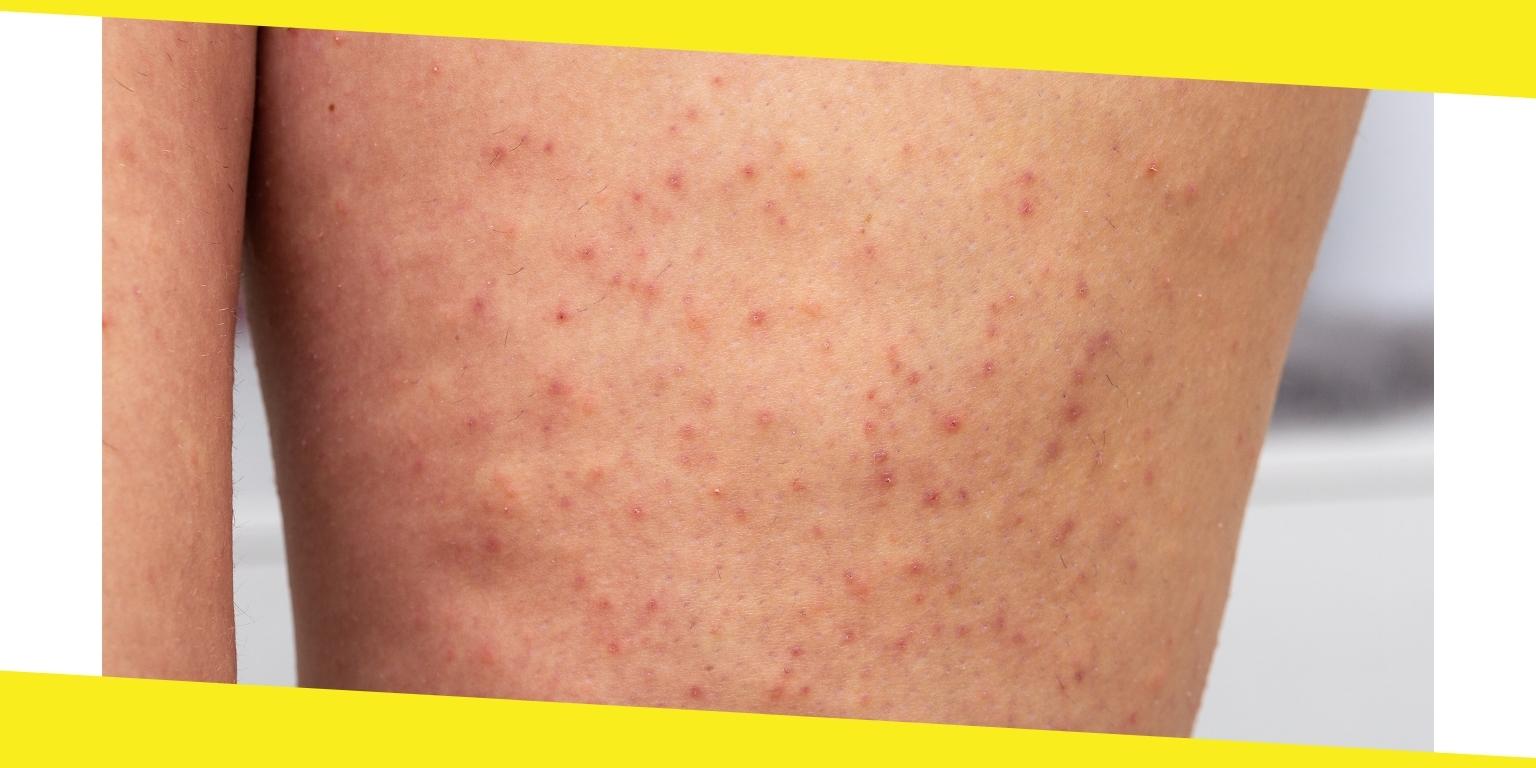
Actinic keratosis is a form of skin cancer. It occurs when a sunburn-like sore develops on the skin. It occurs when the skin cells are damaged by ultraviolet (UV) radiation. Actinic keratosis Santa Barbara usually appears as a thick, scaly, red patch on the face, neck, or upper trunk. In some cases, it can also appear on the arms and legs.
The skin condition is caused by sun exposure. Sunlight can damage the DNA in your skin, causing cells to divide rapidly and form new skin cells. The damaged cells then begin to grow into scaly patches of skin. At an advanced stage, the condition causes rough, scaly patches of skin on the face, arms, or legs. It usually appears as white or pinkish bumps or pimples.
Your risk of developing actinic keratosis depends on your family history and where you live. For example, if you have a parent or sibling with actinic keratosis, you have about a 25% chance of developing it yourself.
The following factors increase your risk of actinic keratosis:
Having a family history of skin cancer
If you have a close relative with melanoma or other skin cancer, you may also be at an increased risk of developing actinic keratosis. Their antibodies may have caused an allergic reaction, which increased your chances of developing actinic keratosis on your face. Doctors recommend that you take precautions against exposure to the sun and talk to your doctor about routine exams for skin cancer screening if appropriate if you have a family history of skin cancer.
Having diabetes
People with diabetes are also at higher risk for developing actinic keratosis. It is because of the increased amount of UV exposure that occurs in their body during periods when they are taking insulin or other medications that affect blood sugar levels or sensitivity to insulin or sugar intake by the body in general.
Being fair-skinned
Being fair-skinned can increase your risk of developing actinic keratosis. The main reason is that fair skin naturally lacks pigmentation and has a higher sensitivity to UV radiation. Actinic keratosis is a widespread skin condition that occurs when the sun’s ultraviolet (UV) rays damage the top layer of your skin.
Being over 40 years old
Age is the most critical factor that increases your risk of developing actinic keratosis. It has been reported that almost 75% of people with actinic keratosis are over 40 years old. People under 20 years are less likely to develop this skin condition. So, if you are over 40 years old, you should get checkups every six months to monitor your skin condition and treat any changes as early as possible without waiting for them to get worse.
Being male
Being male increases your risk of actinic keratosis. It is because men have a higher concentration of testosterone in the body, which can lead to increased production of sebum and skin cells on the face. In addition, they tend to have thicker skin than women, making it easier for UV rays to penetrate deeper into their skin.
If you have actinic keratosis on your face or hands, you may need to see a dermatologist or other doctor who specializes in skin conditions. You should also see a dermatologist if the affected area of your skin has a high number of bumps that change in size or shape. Contact LUX Dermatology to talk to your dermatologist about actinic keratosis.